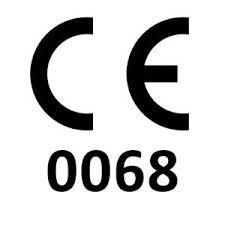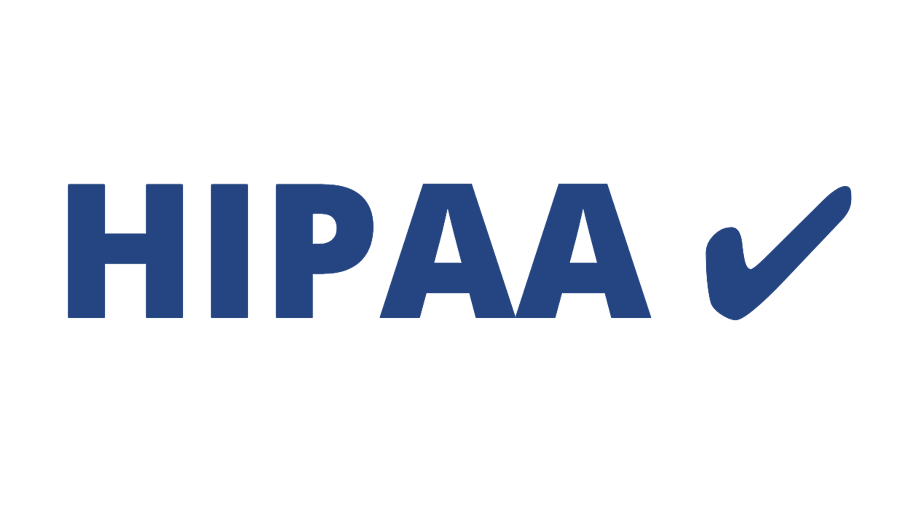Clinically validated diagnosis
AcuPebble SA100 automated sleep apnoea diagnosis was validated in a powered clinical trial at the NHS Royal Free London hospital.
- Validated diagnosis equivalent to ambulatory gold-standard (multi-channel polygraphy followed by manual specialist interpretation).
- Validated AHI and ODI based diagnoses for both 3% and 4% desaturation criteria with high accuracy (94% PPV, 98% NPV).
- Proven usability of the device, with 100% of the patients in the trial able to complete the test without training.
Clinical Evidence
Patient-friendly design
All aspects of AcuPebble SA100 have been designed with the patient in mind:
- Easy to use, as simple as peeling off an adhesive and putting it on.
- Non-invasive, allows patients to have a more natural sleep at home.
- No training required, avoids unnecessary trips to the clinic.
More about patient benefitsPatient benefits
How does it work?
- The AcuPebble SA100 sensor is attached at the base of the neck to record the sounds generated by the patient’s respiratory and cardiac functions.
- The signals are transferred wirelessly to a mobile device, and then uploaded to a secure cloud platform.
- Sophisticated signal processing algorithms are applied to the signals to automatically extract the parameters used for sleep apnoea diagnosis.
- Healthcare professionals get an automatically generated full diagnosis report within minutes, accessible via a user-friendly web application.
Detailed sleep report
Diagnosis Details
-
Overall diagnosis (test result and severity)
-
AHI obtained from flow reductions and 3% desaturation (as per current AASM criteria)
-
AHI obtained from flow reductions and 4% desaturation
-
ODI using 3% desaturation
-
ODI using 4% desaturation
-
All parameters obtained using estimation of sleep time
Additional information
-
Classification of apnoea events
-
Respiratory and cardiac feature analysis
Benefits of AcuPebble SA100
- Automated diagnosis, providing an accurate result in minutes.
- Fully remote testing, reducing hospital visits and risk of contagion.
- Cost-effective, requiring less staff time and fewer resources per test.
- Comfortable to wear, ensuring a more natural night’s sleep at home.










